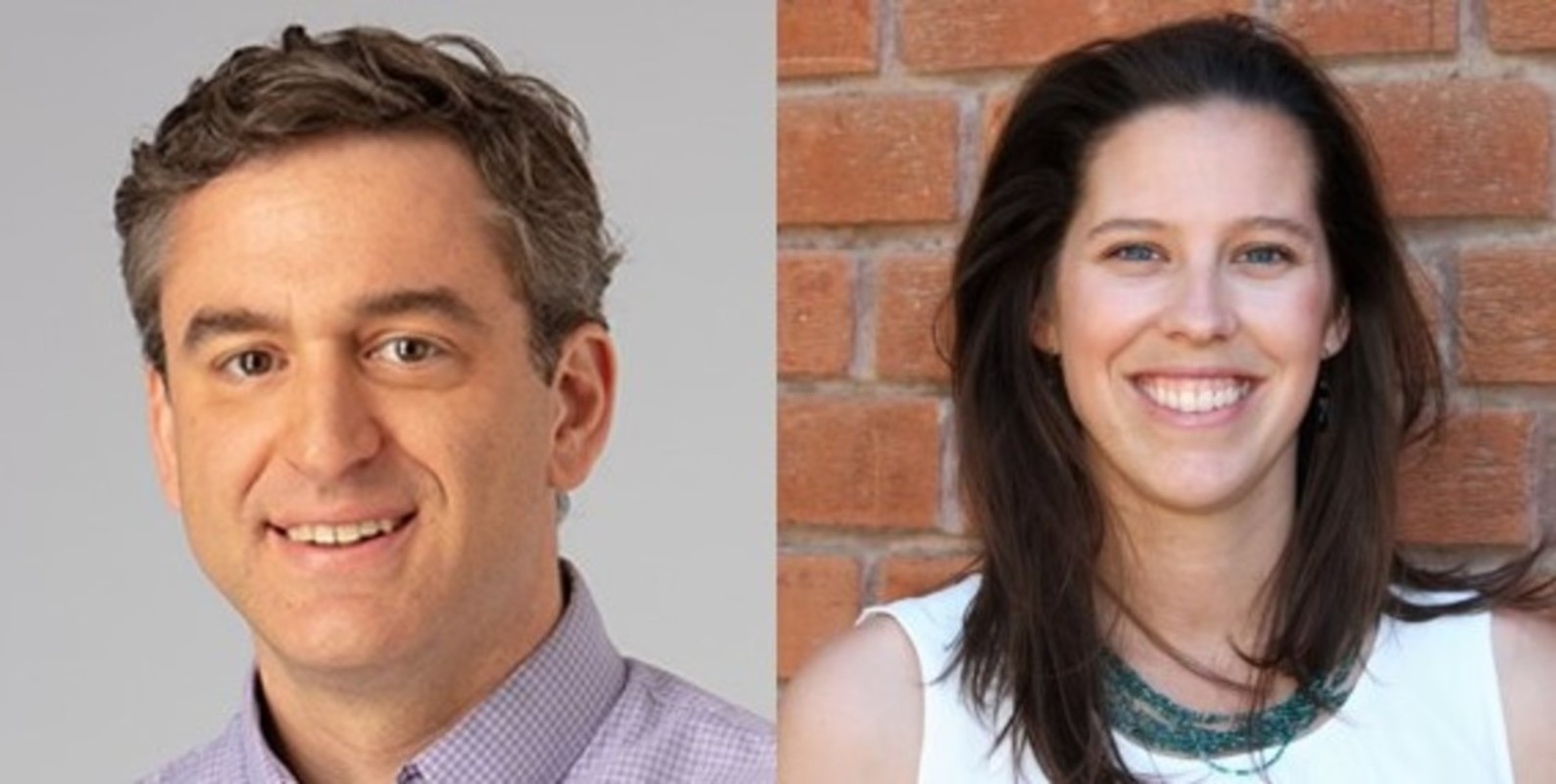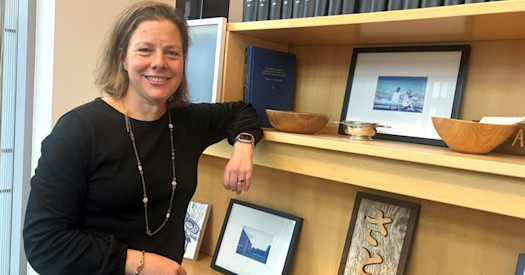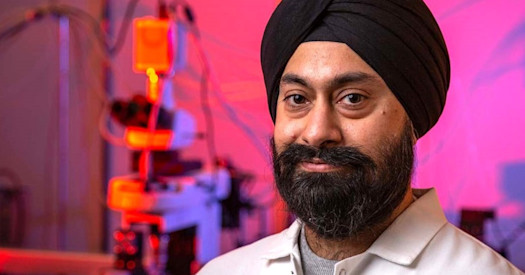 Drs. James Bennett and Candace Myers
Drs. James Bennett and Candace Myers
A first-time visitor to the Brotman Baty Institute website learns that BBI’s scientists “are contributing to basic biomedical research as well as patient outcomes through the development and application of precision approaches to healthcare.”
One of those scientists, Dr. James Bennett, along with colleagues in his NIH-funded lab at Seattle Children’s Research Institute (SCRI) and the Molecular Genetics Laboratory at Seattle Children’s, is launching a new and minimally invasive, laboratory developed test in early 2023 that exemplifies “precision approaches to health care.”
The test, “SpotSeq,” is designed to diagnose genetic “hot spots” for mutations causing vascular malformations in children, specifically abnormal development of arteries, veins, or the lymphatic system. Such a malformation, if manifested as a mass, can swell and impair one’s speech or the ability to swallow, or lead to other developmental problems.
Bennett said approximately one child in 4,000 is born with a vascular malformation.
“I’m very excited and equally humbled by the impending launch of ‘SpotSeq,’ said Bennett, who serves as the assistant medical director of the molecular genetics laboratory. “I’m proud we are advancing genetic diagnoses of children through the analysis of blood, rather than tissue.”
Another advantage of “SpotSeq” is its expected sensitivity, according to Dr. Candace Myers, a variant interpretation scientist working alongside Bennett at Seattle Children’s.
“I anticipate we will have unexpected findings, where patients who had previous outside testing and a ‘negative,’ or non-diagnostic result, will have a ‘positive’ diagnostic result on ‘SpotSeq’ because of its greater sensitivity,” Myers said. “It requires a low amount of DNA input, so we can use alternative specimen sources, such as cell-free DNA obtained from plasma or cyst fluid to make a molecular diagnosis and, in turn, enable patients to become eligible for targeted therapies. This will be immediately impactful to our patients with lesions in areas too dangerous to operate on.”
Myers, Bennett, and others at SCRI have been working on this project for several years, culminating in “SpotSeq.” Their efforts started with the detection of low-level mosaicism, the condition that occurs when an individual has two or more genetically different sets of cells in the body.
In 2018, one year after BBI was established, the Institute issued its first grants to collaborators at its three institutions – UW Medicine, Fred Hutchinson Cancer Center, and Seattle Children’s. A proposal written primarily by Myers entitled, “Collaborative Proposal to Develop a Clinical Assay to Detect Mosaicism,” for about $50,000 was accepted.
“The BBI funding was a huge catalyst in getting the capital to purchase our own instrument,” said Myers. “It brought together experts, all of whom had an interest in mosaic variants, but we worked on different disorders or had different reasons for testing.”
As a laboratory developed test, “SpotSeq” is subject to the Clinical Laboratory Improvement Amendments of 1988 (CLIA) regulations that include federal standards applicable to all U.S. health care facilities or sites conducting health assessments or diagnosing, preventing, and treating disease.
“CLIA requires very rigorous clinical validation,” Bennett said. “We are required to meet these guidelines as well as those set by the College of American Pathologists. If we had to submit ‘SpotSeq’ to (the U.S. Food and Drug Administration), it would be virtually impossible to get approval because of the enormous amounts of money involved in the review and validation.”
Clinicians interested in utilizing the test should start the process leading to the submission of children’s blood or affected tissue samples through Seattle Children’s. A link to the testing website will be “coming soon,” Myers said.
Bennett noted they have received and will continue to receive inquiries globally about “SpotSeq.”
“I get contacted weekly about this test from doctors in the vascular anomaly community asking about it,” said Bennett.


